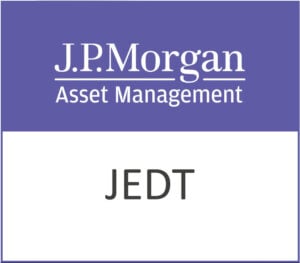NatWest Group PLC (NWG.L), a stalwart in the United Kingdom’s financial services sector, presents a fascinating case for investors in the regional banking industry. As a major player headquartered in Edinburgh, NatWest has a storied history dating back to 1727, and it continues to evolve in a dynamic market landscape.
The current share price of 511.6 GBp reflects a slight decline of 0.03% from its previous position, illustrating the stock’s volatility in the face of broader economic challenges. Yet, despite a 52-week range fluctuating between 322.40 and 532.80, NatWest’s resilience is evident, buoyed by a robust market capitalisation of $41.36 billion.
One of the defining characteristics of NatWest’s investment profile is its dividend yield, which stands at a commendable 4.89%, with a payout ratio of 36.63%. This highlights the company’s commitment to returning value to shareholders, even as it navigates through the complexities of the financial sector.
Analyst sentiment towards NatWest is predominantly positive, with 12 buy ratings and no sell ratings, suggesting confidence in the company’s strategic direction. The average target price of 583.47 GBp implies a potential upside of 14.05% from the current levels, signalling opportunities for growth despite existing market pressures.
However, the valuation metrics present a more nuanced picture. The absence of a trailing P/E ratio and a notably high forward P/E of 748.51 could raise eyebrows among value-oriented investors. This discrepancy points to market expectations of future earnings growth, which may be influenced by NatWest’s ongoing efforts to enhance its operational efficiency and expand its service offerings across various segments.
Performance metrics reveal a revenue growth of 2.90%, complemented by a solid return on equity of 13.02%. These figures indicate that NatWest is leveraging its extensive network and diversified product offerings to sustain its competitive edge. However, the lack of reported net income and free cash flow may prompt investors to seek clarity on the company’s financial health and future profitability.
Technical indicators add another layer to the analysis; the stock’s RSI of 73.35 suggests it is in overbought territory, while the MACD of 5.29 compared to a signal line of 2.41 indicates positive momentum. These metrics can be useful for investors employing technical analysis to gauge potential entry and exit points.
NatWest’s strategic focus on its Retail, Private Banking, and Commercial & Institutional segments underscores its commitment to catering to a broad client base, from individual customers to large institutions. The bank’s presence in key locations such as the Channel Islands, Isle of Man, and Luxembourg further cements its role as a significant player in the regional banking industry.
As NatWest Group continues to adapt to economic uncertainties and regulatory changes, its historical legacy and ongoing strategic initiatives will be key in determining its future trajectory. Investors considering NatWest as part of their portfolio must weigh the potential for growth against the backdrop of a complex financial landscape, keeping an eye on both short-term market movements and long-term strategic goals.










































